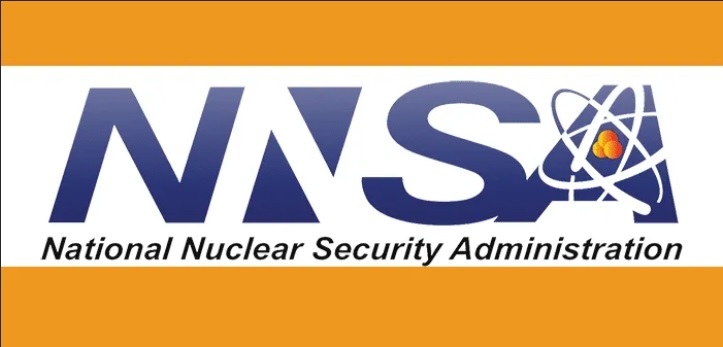US Stocks up on Radiation Sickness Drug as New GAO Report States U.S. Nuclear Arsenal Lacks Cybersecurity Safeguards
Wednesday, the U.S. Department of Health and Human Services (HHS) said it’s throwing down $290 million to lock up an undisclosed amount of Amgen’s blood disorder med Nplate, which is approved to treat blood cell injuries linked to acute radiation syndrome (ARS) in kids and adults. ARS, also known as radiation sickness, occurs when a person’s body is exposed to a high dose of penetrating radiation, which is capable of “reaching internal organs in a matter of seconds,” HHS explained in a release. ARS injuries can lead to symptoms such as impaired blood clotting from low platelet counts, which can trigger uncontrolled and potentially “life-threatening” bleeds. The Amgen drug is otherwise approved for kids and adults with the blood disorder immune thrombocytopenia, which causes patients to suffer from low platelet counts. HHS did not clarify its rationale behind the Nplate stock-up, though the move comes amid escalating tensions between Russia and Ukraine. The Government Accountability Office has issued a report that says the National Nuclear Security Administration (NNSA) has not implemented all of the recommended cybersecurity measures. Meanwhile, new satellite images show Russia's huge nuclear submarine, allegedly carrying ‘apocalypse’ and ‘doomsday’ weapons, lurking around the Barents Sea as fears grow that Vladimir Putin is planning to carry out a nuclear test. The nearly 600ft Belgorod submarine has disappeared from its home base in the Arctic Circle and may be on its way to the Kara Sea to test the Poseidon nuke, a NATO warning note leaked over the weekend has suggested. The Belogord, which is in the region of 30,000 tons, is the largest built submarine in the world since and armed with the Poseidon nuke. Poseidon is a drone that is said to be capable of travelling huge distances underwater before detonating with enough force to trigger a 1,600ft nuclear tsunami designed to drown and irradiate coastal cities. The US Navy has described the weapon as an ‘Intercontinental Nuclear-Powered Nuclear-Armed Autonomous Torpedo’ with 'incredible range' and 'hard-to-kill performance.'




